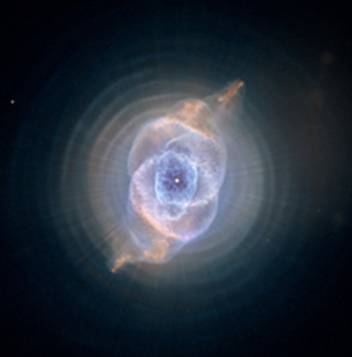Non verbal communication
All types of communication that are not verbal fall within the category of non-verbal communication. This includes written and visual communication.
Written communication
Written communication involves any type of interaction that makes use of the written word.
Internal methods include:
- memos, reports, bulletins, job descriptions, employee manuals and electronic mail
External methods include:
- letters, e-mail, proposals, faxes, contracts, advertisements, brochures and press releases.
Written communication is especially important in customer communication as business proposals, status reports, customer documentation, technical support and e-mail all depend on skilful communication.
The advantages of written communication include:
- standardised message appropriate for small or large audiences
- a record of what is said
- simultaneous communication
However, written communications have some drawbacks:
- no guarantee of receipt or understanding
- can be ambiguous
- tendency to be formal and impersonal
- no immediate exchange of ideas
 Visual communication
Visual communication
Visual communication is communication through visual aids and is the transmission of ideas and information in forms that can be read or looked upon. Visual communication solely relies on vision, and is primarily presented or expressed with images, it including:
- signs, drawings, graphics, illustrations, video, abstracts, colour, photographs, maps, symbols and electronic resources.
Visual communication can be used on its own or in combination with other forms. A visual message accompanying other forms of communication is likely to possess greater power to inform, educate, or persuade a person or audience. Of the total sense receptors in the human body, 70% reside in our eyes. Visual perception delivers the world to our brains at high speeds and with exquisite subtlety.
Visual communication comes in many forms, many of which are designed to inform and entertain through moving images, such as film, television, and video games. Visual technologies have become increasingly sophisticated, such as 3D films and computer generated images (CGI).
Visual communication has several benefits:
- the majority of information received by the brain is visual
- it is possible to represent ideas, feelings and information
- visual communication can convey movement
- information can be summarised in graphical representations
- provides additional interest and stimulus
- it can reinforces oral communication
- allows for simulation of reality
However visual communication can be one-way and impersonal and may be difficult to interpret without the written word.